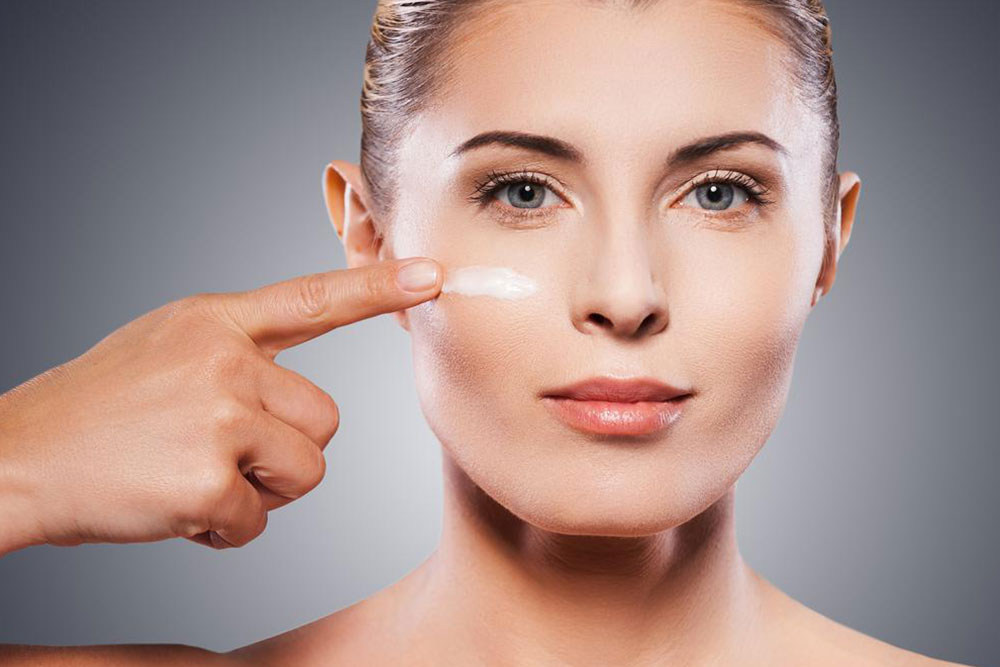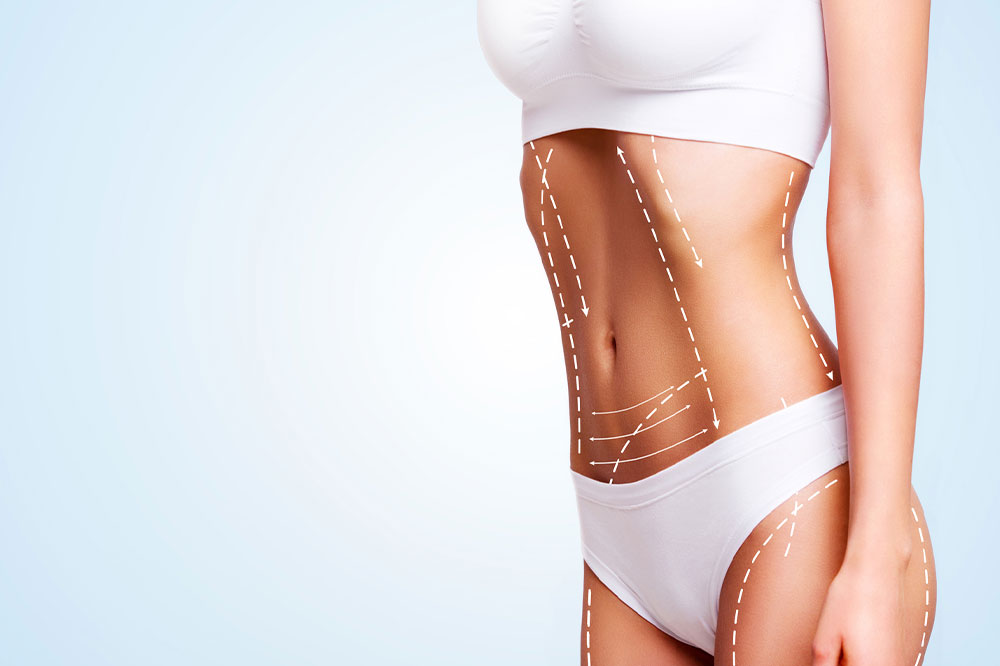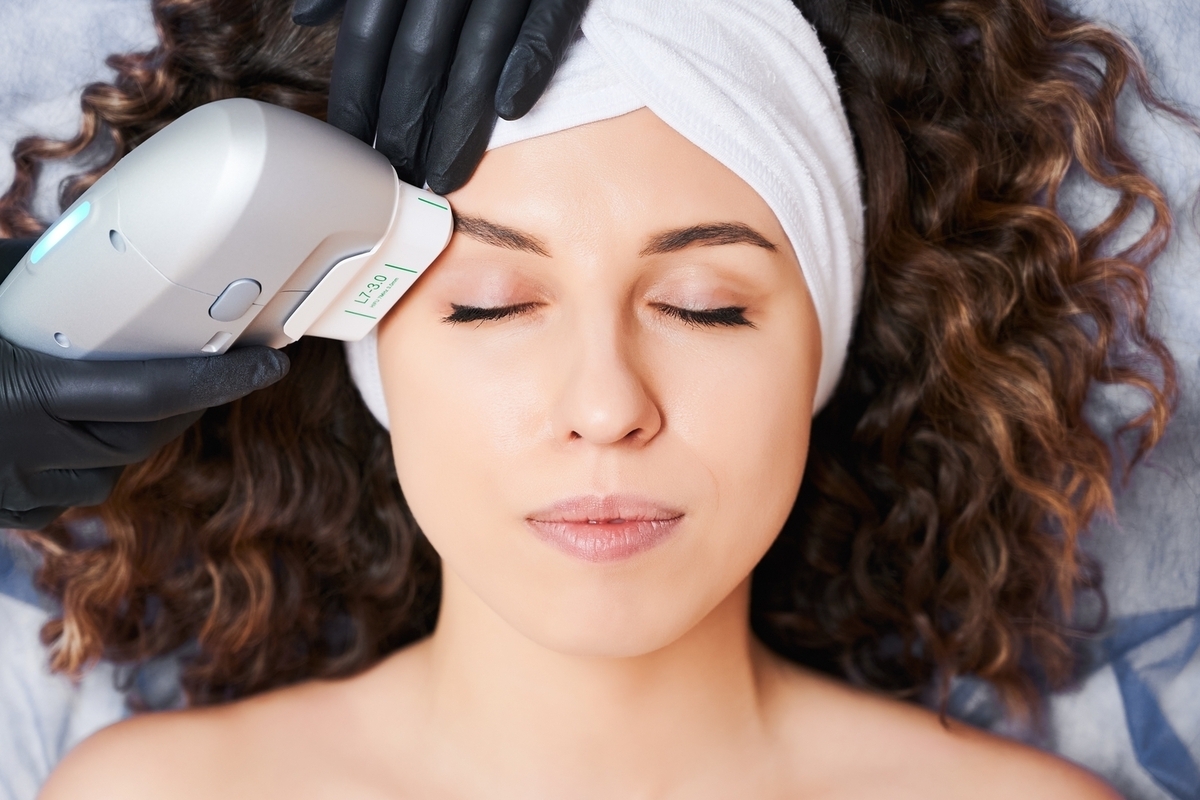Comprehensive Guide to Breast Augmentation: Procedures, Risks, and Natural Alternatives
Breast augmentation is a widely sought cosmetic surgery to enhance breast size and shape. This comprehensive guide covers the surgical process, potential risks, and natural alternatives like massage, exercise, and topical products. Understanding these aspects helps women make informed choices about achieving their desired aesthetic results safely and effectively.

Comprehensive Guide to Breast Augmentation: Procedures, Risks, and Natural Alternatives
Breast augmentation, also known as augmentation mammaplasty, is a popular cosmetic surgical procedure designed to enhance the size, shape, and overall appearance of the breasts. Many women around the world choose this procedure to boost their confidence, improve body proportions, or restore breast volume after pregnancy or weight loss. Understanding the intricacies of breast augmentation, including the surgical process, associated risks, and alternative options, is essential for making an informed decision.
During a typical breast augmentation procedure, surgeons employ implants made from silicone gel or saline solution to achieve the desired enhancement. These implants are inserted into the breast tissue through carefully planned incisions. Surgeons often opt for discreet incision sites such as the inframammary crease (beneath the breast), the axilla (underarm), or around the areola (periareolar approach). The choice of incision depends on the patient's anatomy, preferences, and the surgeon's recommendation. Once the incision is made, the implant is positioned either above or below the pectoral muscle, based on individual aesthetic goals and anatomical considerations. The incision is then meticulously closed and stitched to ensure minimal scarring.
Ensuring safety and optimal results requires choosing a reputable clinic and experienced surgeon. The procedure is typically performed under anesthesia—either general anesthesia or local anesthesia combined with sedation—to ensure patient comfort. The duration of surgery usually ranges from one to three hours, and most patients can expect a short hospital stay or postoperative recovery period at home.
Many women opt to combine breast augmentation with a breast lift (mastopexy) to achieve a more youthful, firmer appearance. This combination can address issues such as sagging skin and asymmetry, further enhancing aesthetic results. Postoperative care involves wearing supportive surgical bras and using compression bandages to minimize swelling and stabilize the implants. Common postoperative symptoms include swelling, bruising, and discomfort, which typically diminish within a few weeks. Healing is a staged process, and noticeable improvements become visible over several months. Reviewing before-and-after photos can give prospective patients realistic expectations of their potential outcomes.
While the satisfaction rate among women undergoing breast augmentation is high, it is important to recognize potential risks and long-term considerations. Implants are not considered lifetime devices and may require replacement or removal after several years due to complications or personal preference. Some common issues include implant rupture, deflation, capsular contracture (hardening around the implant), and sagging over time. Additionally, women should be aware of the possible impact on breastfeeding, as surgery may affect milk production on the operated side.
Not a permanent solution
Implants often need replacement or removal after years of wear and tear.
Potential for undesirable aesthetic changes
Sagging or asymmetry might develop after implant removal or over time.
Risk of implant rupture
Silicone gel or saline leaks can cause shape distortion or deflation.
Impact on breastfeeding
Breast surgery could potentially reduce milk production or cause nipple sensation changes.
For women who prefer non-surgical approaches, various natural methods are available to enhance breast appearance and firmness. These options can serve as supplementary or alternative strategies, especially for those hesitant about surgery:
Massage Techniques
Regular, gentle massage using oils, creams, or serums may stimulate blood flow and hormonal activity associated with breast tissue development. Consistency is key to seeing results, and proper techniques should be learned to avoid injury.
Targeted Exercise Programs
Strengthening chest muscles through specific workouts—such as push-ups, chest presses, or dumbbell flys—can improve breast firmness and overall upper body tone. Consultation with fitness professionals ensures safe and effective routines.
Topical Creams and Dietary Supplements
Several creams, pills, and herbal supplements claim to promote breast growth naturally. While some users report modest improvements, scientific evidence remains limited. It is essential to consult healthcare providers before starting any new product or supplement to ensure safety and avoid adverse reactions.
To gain realistic expectations about potential results, prospective patients are encouraged to explore online galleries showcasing before-and-after photos of breast augmentation procedures. Consulting with board-certified surgeons, reading testimonials, and conducting thorough research can help tailor decisions to individual needs and goals.





